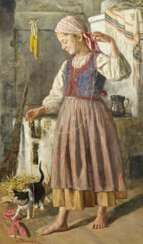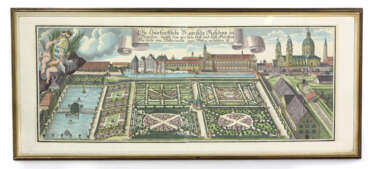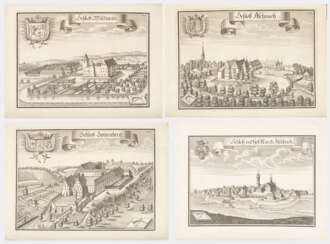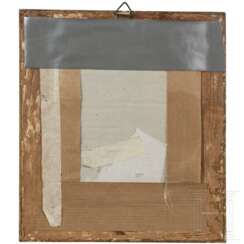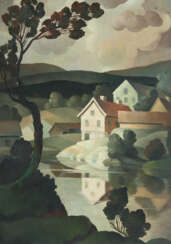wening

Michael Wening was a Bavarian artist, engraver and publisher of the Baroque period.
Wening was court engraver to Elector Ferdinand Maria of Bavaria and his successor Elector Max Emanuel. By the end of the 1670s, he opened his own publishing house, where he successfully published illustrated calendars and then topographical and historical materials for more than a decade.
Wening's main work - "Historico-Topographical Description" with 846 views - is considered the most complete description of Europe in the early modern period. To create it, the master himself traveled to many cities and made very accurate illustrations. The topographical work includes views and descriptions of towns, markets, monasteries, palaces, castles, court marks, and estates in Bavaria. The accompanying texts, which are a valuable addition to the engravings, were written by the Jesuit Ferdinand Schönwetter.


Rosa Schweninger is an Austrian artist, a member of a Viennese family of artists that included her father, Karl Schweninger the Elder, and her brother, Karl Schweninger the Younger. Rosa's work includes portraits and floral compositions.


Rosa Schweninger is an Austrian artist, a member of a Viennese family of artists that included her father, Karl Schweninger the Elder, and her brother, Karl Schweninger the Younger. Rosa's work includes portraits and floral compositions.






Adriaen Isenbrandt was a painter in Bruges, in the final years of Early Netherlandish painting, and the first of the Dutch and Flemish Renaissance painting of the Northern Renaissance. Documentary evidence suggests he was a significant and successful artist of his period, even though no specific works by his hand are clearly documented. Art historians have conjectured that he operated a large workshop specializing in religious subjects and devotional paintings, which were executed in a conservative style in the tradition of the Early Netherlandish painting of the previous century. By his time, the new booming economy of Antwerp had made this the centre of painting in the Low Countries, but the previous centre of Bruges retained considerable prestige.







